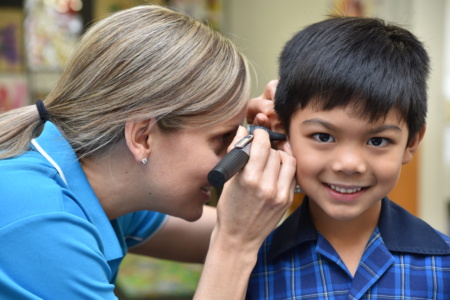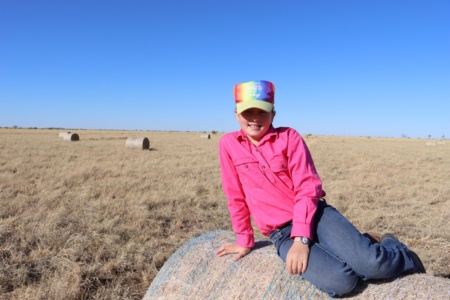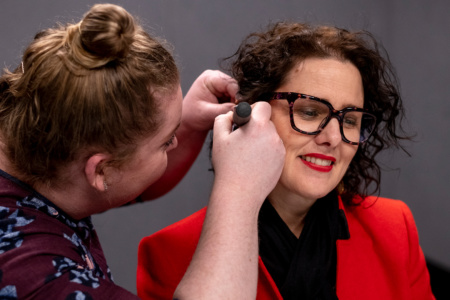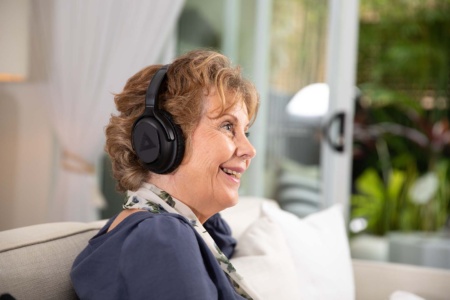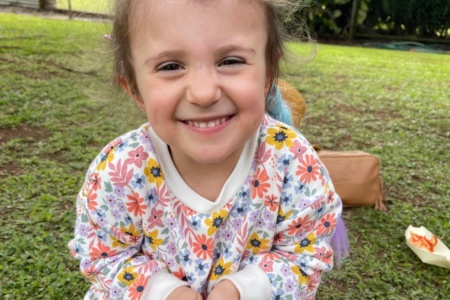Like other developmental milestones, children learn to speak at varying ages.
However, as Head of Listening and Spoken Language, Lynda Farwell explains, the early years are critical for a child as they pick up language around them and develop their communication skills. That’s why it’s important to keep an eye out for any potential reasons or causes for concern in their speech development.
“If you think your toddler might have an issue with how their speech is developing, a good first step is to have a chat with your doctor about getting their hearing tested, as well as seeking a referral to a speech pathologist,” said Lynda.
“Like any developmental delay, getting support as early as possible is key for ensuring the best possible outcomes.
“As a speech therapist, I work with families to help their child improve their speech and language skills, and show what strategies can be put in place at home to help maintain their progress. Parents and carers play a key role in helping children to develop their speech and language.”
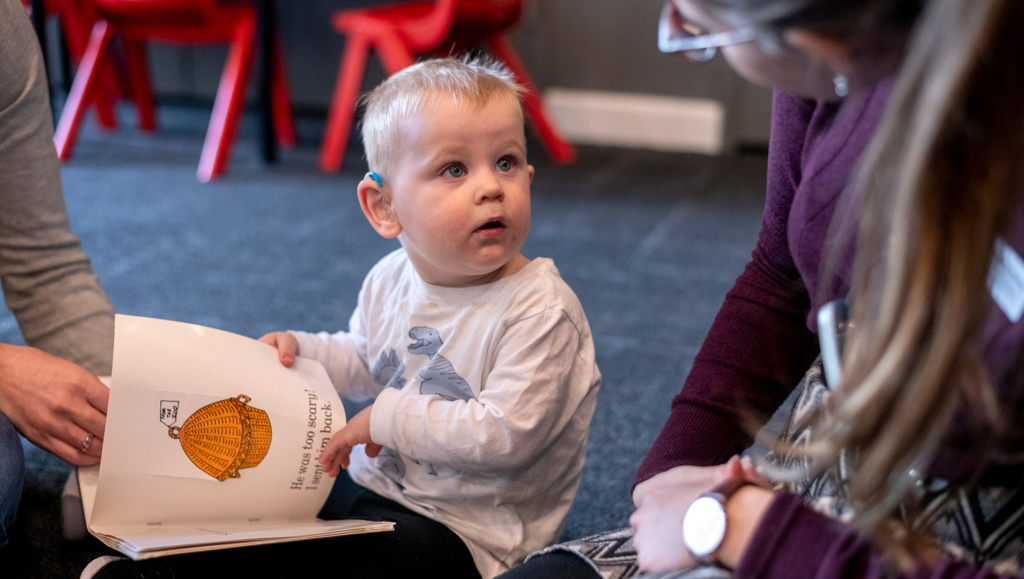
Lynda’s five tips for helping encourage toddlers’ speech development at home:
- Think hearing first: If you’re worried about your child’s speech development, rule out any possible underlying hearing issues by having their hearing tested. It’s important that even seemingly minor issues like ear infections are addressed early, to safeguard against prolonged or chronic issues.
- Focus on communication: talk to your child about what you’re doing throughout your day, and encourage them to imitate the sounds, words and phrases you’re making. For example, “I’m picking up the cars. Cars go vrmmm vrmmmm, beep beep. What does the car say?” Singing – rich with rhythm, repetition and emotional expression – is another great tool for helping to develop early language skills.
- Reading: Read, read, read! Interact with your child while reading a story together, by pointing out what’s going on in the pictures and asking questions about what might happen next.
- Consider the ordinary: Use real-life situations as you go about your everyday activities to help build your child’s speech skills. For example, name food at the grocery store or point out objects around your home. Ask age-appropriate questions and respond to your child’s answers.
- Reward the behaviour you want to see: Give lots of praise and encouragement when your child talks.
Find out how Hear and Say can support your child’s speech and hearing development
Contact us

